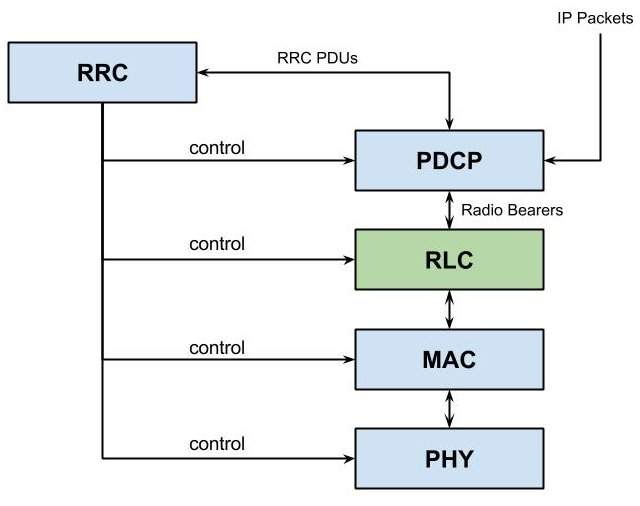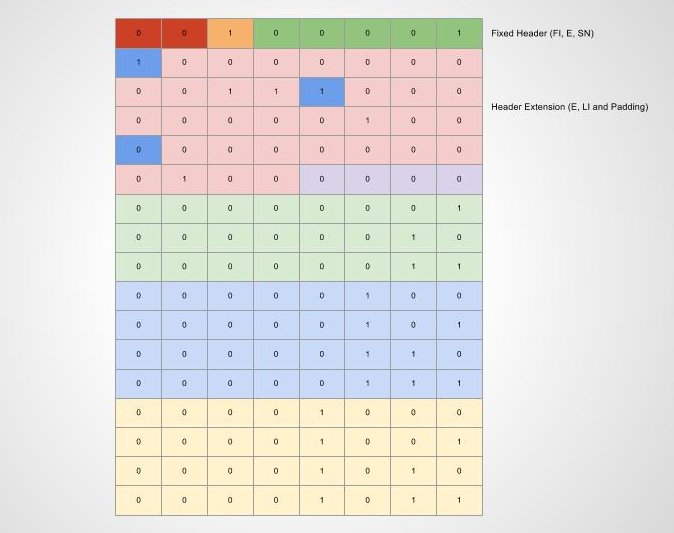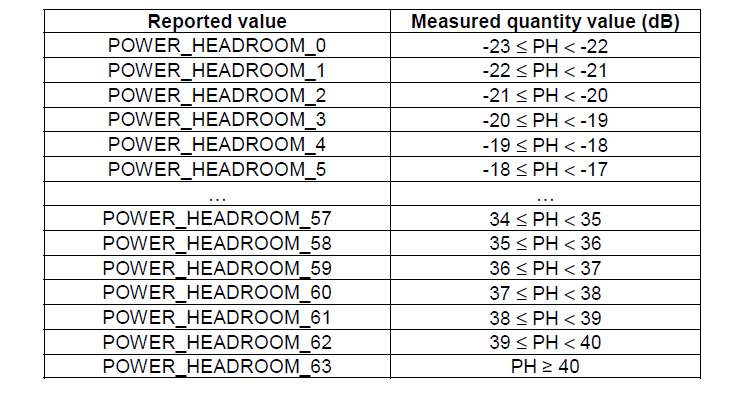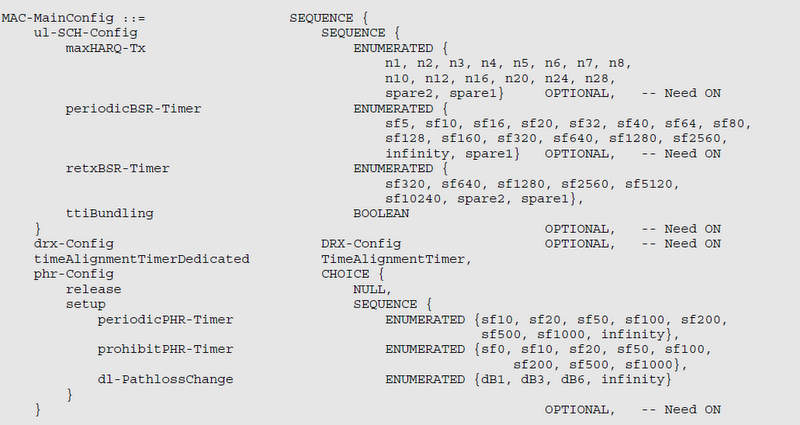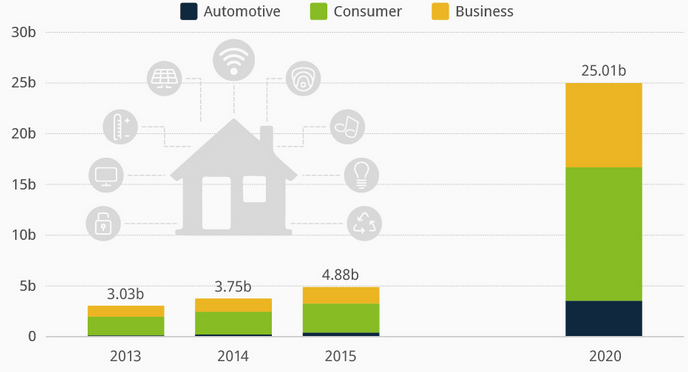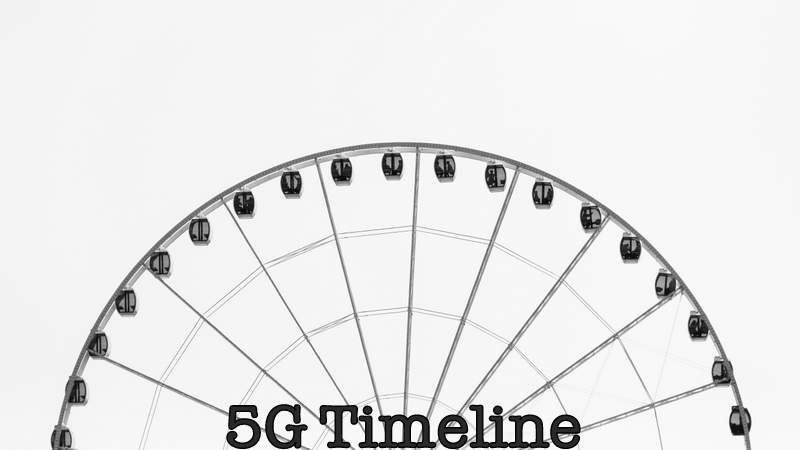
When is 5G Coming? What are We Expecting?
2020 will be the year when the first 5G network is scheduled to roll out and the work is in full swing. All organizations, operators, network vendors are putting their much needed efforts to make the 5G vision into reality. 5G as a technology is expected to enable a fully mobile and connected society and to empower socio-economic transformations in (more ..)

